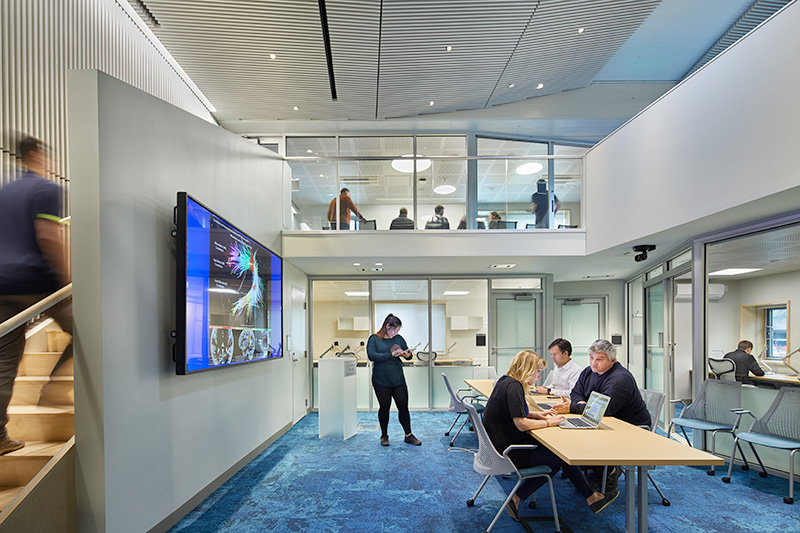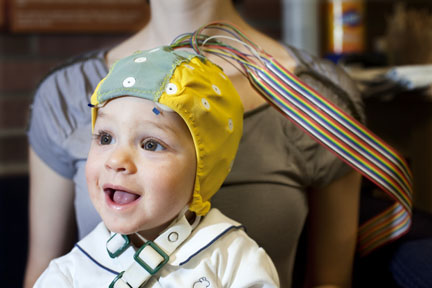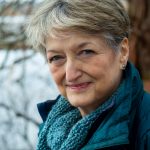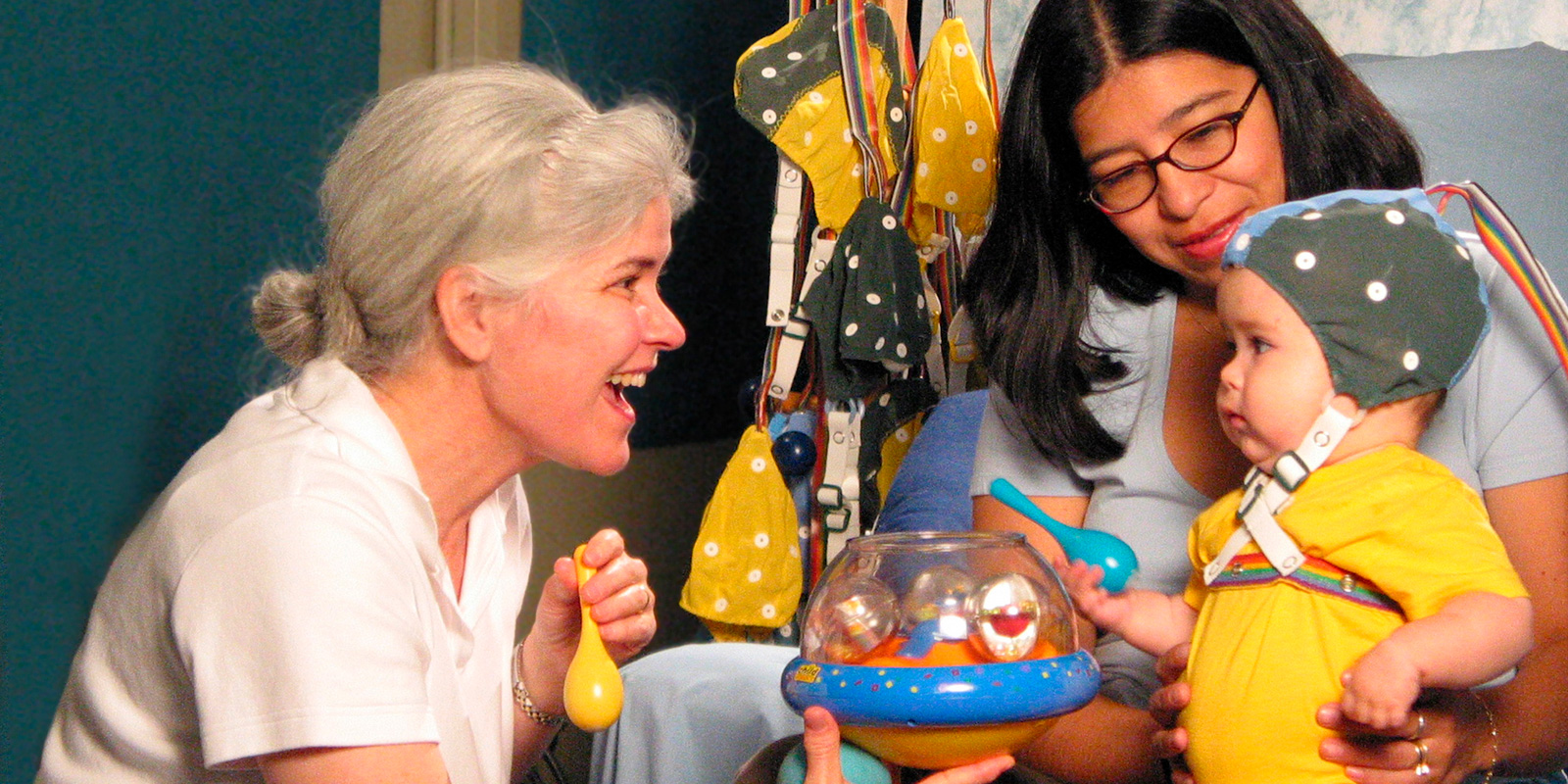It is time to put a certain unhelpful myth to rest.
For decades, a common belief has held that speaking more than one language in a child’s home confuses the child, makes it more difficult for them to learn English and might even hold them back in school and in life. The unfortunate consequence of this belief has been that some dual-language households have enforced an “English-only” rule around the children, leaving non-English speaking members of the family constrained and the child disconnected from some of the deepest and best of their heritage. Children may end up hearing less language overall if English is not a preferred language of adults in the household — at a time when their brains need language like their bodies need food.
In fact, the opposite is true. Researchers have found in numerous studies that bilingual babies learn English at the same rate as monolingual babies, with vocabularies that equal or exceed those of the English-only babies. Bilingual children have been found to have a more advanced ability to think about language and how it works, and there is some evidence that early exposure to a second language makes learning a third language easier.
Although the research is ongoing, multiple studies have found that juggling two languages from an early age actually enhances the mental skills and self-regulation referred to as “executive function,” which help people plan, solve problems and respond to the world around them in an orderly way. Some studies even indicate that being bilingual can offer protection decades later against age-related cognitive decline.
All over the world, as societies become more diverse and economies are globally connected, communities are working to create programs to introduce young children to learning a second language. Most are aimed at preschool children to kids in elementary school — a vast improvement on the traditional approach of starting young people on second languages in high school, but still a bit late.

According to Dr. Marley Jarvis, Outreach and Education Specialist at the University of Washington’s Institute for Learning and Brain Science (I-LABS), researchers there have found it would make sense to start language learning much earlier: Babies’ brains are wired for language.
“I don’t want to say elementary school or later is too late for learning another language,” Jarvis says. “One of the remarkable discoveries about our brains in the past couple of decades is their plasticity and their ability to change. Everything we do every day is changing our brains. But learning language later doesn’t happen in the same way it does with very young children, so we’re working against ourselves by waiting so long.
“Children are already well-established in their first language before they even hit preschool.”
In fact, Jarvis says, research shows that babies begin to learn language sounds while still in the womb. By the time they’re born they distinguish their mother’s voice from ambient sound and are even able to distinguish the mother’s language from another language.
Babies come into this world equipped with one of the most powerful computers known to humankind — already on task analyzing massive amounts of data on arrival. About 800 sounds make up all the languages of the world; each human language only uses 40 or so of those sounds. As babies lie in their little bassinettes, they are not only absorbing the sights, sounds and sensual cues from this bright new world, their brilliant onboard computer is sorting through those multiple data streams like greased lightning, cracking the code of human language, sorting out which of those human sounds are useful in their environment. By the time they’re 10 months old, babies have “committed” to their native language, specializing in the language they hear around them, and the sounds and syntax of other human languages fade into the background.
Some parents fear that exposure to another language will limit the child’s English vocabulary, but researchers have also put that concern to rest with studies that show that bilingual children do not lag behind in the number of words they absorb. In fact, the vocabularies of bilingual children have been found to be equal to or greater than those of single-language children.
“In fact,” Jarvis says, “we have yet to see any evidence that a child is confused by more than two languages (though not all spoken at the same time). We haven’t seemed to find the limit. And they’re pretty good at knowing who is associated with which language. If you have a multilingual family, kids will naturally switch to the language appropriate to each person.”

And, she says, the sorting and switching from one language to another—code-switching—actually helps the baby’s brain become more agile and resourceful. As they sort through their data streams to find which language is being spoken and then respond appropriately, they begin to develop the impulse control and strategic thinking so essential to executive function. Structural brain studies indicate that bilingual adults have greater brain tissue density in areas related to language, memory and attention, with the highest levels of tissue density among those who were exposed to two languages before the age of 5 years.
Research scientist Dr. Naja Ferjan Ramírez, director of the University of Washington’s Language Development and Processing Lab, is Slovenian, married to a native Spanish-speaker, and their 4-year-old son easily switches among English, Slovenian and Spanish. Though he sometimes uses Slovene endings on English and Spanish words, he modulates his language to match the situation he finds himself in. He may throw in a Spanish or Slovene word in his English dialog, but this is because he has a bigger library to choose from. This code-switching is not haphazard, she writes, but adheres to the linguistic logic of the languages he’s using.
Each time he does, like a bodybuilder reaching for a heavier weight, he’s building his brainpower.
For anyone wanting to teach their small children another language, it’s important to remember that the learning takes place in interaction, not in mere exposure to a recitation of words. It’s the social brain, Jarvis says, that’s important in any kind of learning, especially in these early years.

In one study, a group of University of Washington students went through an online training program and learned to tutor small children through playful, interactive learning. The students then were sent to Spain to deliver group English sessions daily with Spanish-speaking children in the Community of Madrid’s public infant education centers. The key practices in their training were to address the children often in English and to speak to the children in “parentese” (the higher-pitched, singsong language parents use to signal the child that this communication is for them). The learning context was highly social, with the tutors leading the children in games and activities that prompted face-to-face interaction. Tutors were trained to engage the children in frequent back-and-forth exchanges and to encourage the children to “talk” and interact with them.
Essentially, Jarvis says, the tutors played with the children in English in a highly social, engaging way for 45 minutes or so a day. The children in this study saw a nearly five-fold increase in their English speaking, compared with children in a control group in the school system’s English program. The children continued to develop in their native language, Spanish, at the same time. The big difference between the programs was the degree of social, back-and-forth, play-based interactions in the UW program.
If we want our children to meet the challenges of an increasingly diverse and global society, being fluent in more than one language will be an important element in that success. Parents who want their children to become the global citizens their brains are born to be can rest easy knowing that starting their children down that path as babies can only strengthen the child’s social and intellectual ability in the years to come.
RESOURCES
I-LABS has put together a series of research summaries with links to studies and practical family activities with tips for caregivers. Check out their equity briefs on dual language learning here.

K.C. Compton
K.C. Compton worked as a reporter, editor and columnist for newspapers throughout the Rocky Mountain region for 20 years before moving to the Kansas City area as an editor for Mother Earth News. She has been in Seattle since 2016, enjoying life as a freelance and contract writer and editor.



